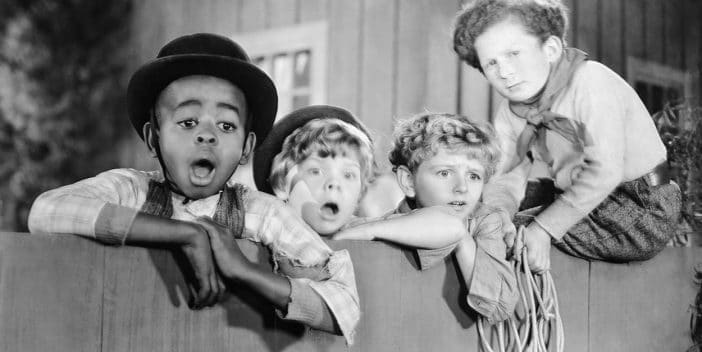
UPDATED 8/8/2023
There’s no question that for pretty much every young actor — especially ones with a regular gig — life on the set provides a certain sense of security compared to the outside world. But for Matthew Beard, who fans know and love as the derby-wearing Stymie on The Little Rascals (or Our Gang), life away from the set was downright terrifying.
Stymie, who was born January 1, 1925, joined Our Gang in mid-1930 when his father had been told that that film series’ producer, Hal Roach, was looking for a young black actor to replace “Farina,” who had aged out of the cast. Reportedly there were 350 kids who auditioned their hearts out for that part, but no sooner had Stymie arrived on the set and started taking things in with eyes so expressive that director Robert McGowan knew that he was perfect for the part. So perfect, in fact, that he was a member of the group for 36 films.
RELATED: ‘The Little Rascals’: How ‘Our Gang’ Came to Be and Why Those Kids Should Never Be Forgotten
Laurel & Hardy & Stymie
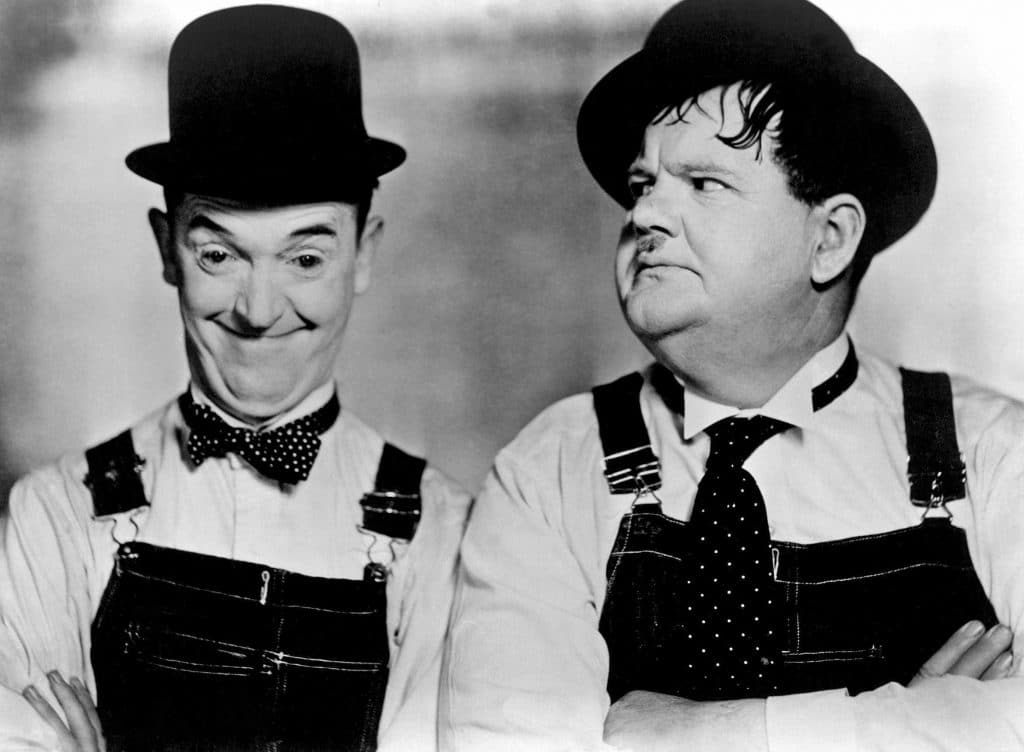

“I took to him from the start,” Stymie told film historian Leonard Maltin. “Lots of times our sets would be next to Laurel and Hardy’s on the same stage. They would watch us shoot and we would watch them shoot. I was a curious kid, and I got a charge out of Stan Laurel, and he knew it. I used to follow him around the lot, he’d buy me ice cream and one day he said, ‘Give this kid a derby.’ That’s why it never fit me; it belonged to Stan Laurel.”
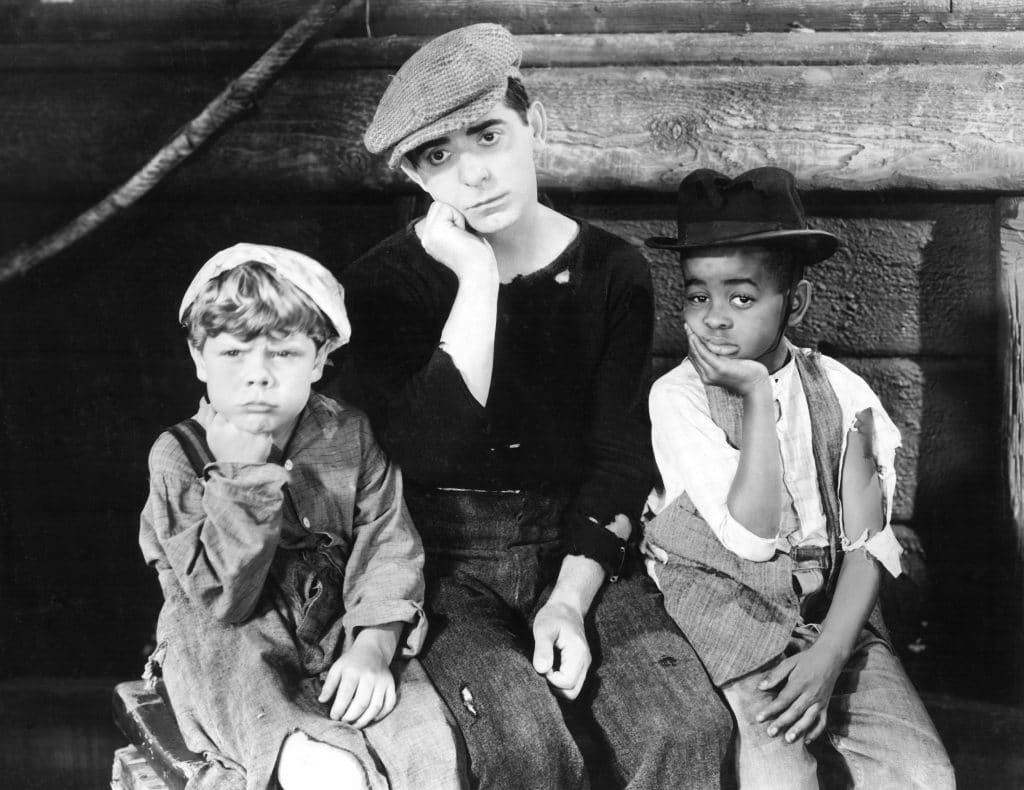
He was always proud of the fact that he remained friends with Laurel long after his days on Our Gang were over. He explained, “The last two years of his life I used to go visit him there in Santa Monica. It made me feel good to tell him what his friendship meant to me.”
Life On and Off the Set
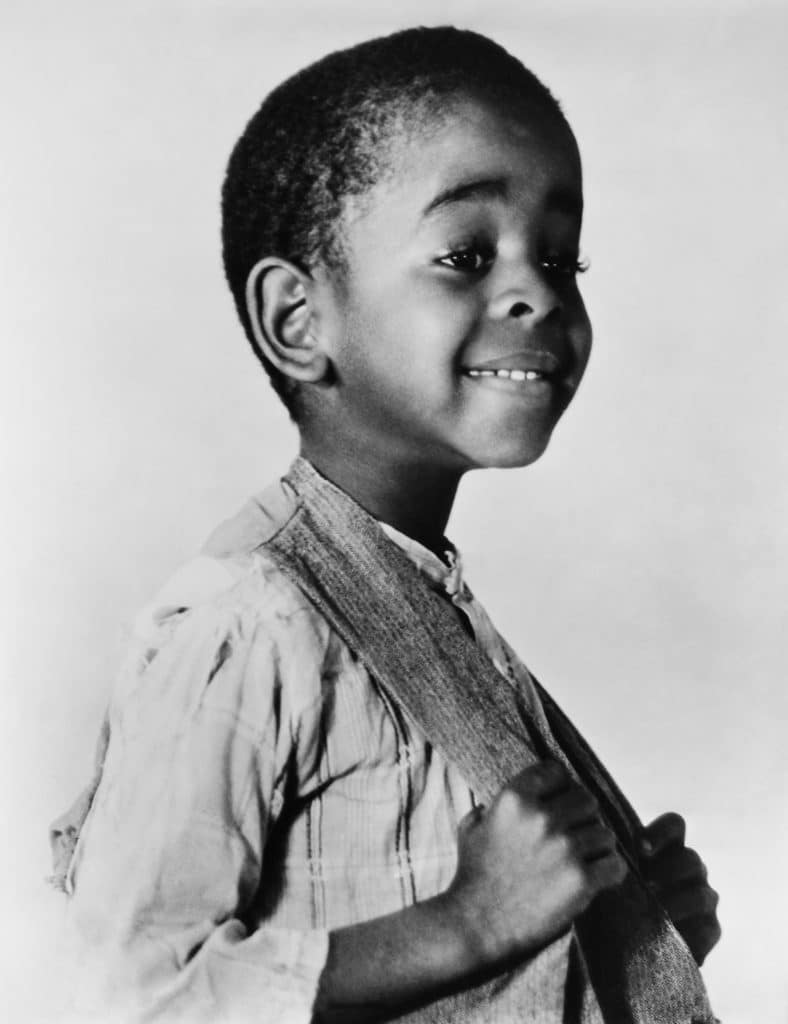
Wonderful memories for Stymie, as were the making of the films themselves and the feeling of equality that was foisted on him by pretty much everyone, from Roach, his crew, Laurel and Hardy, and the rest. But away from the floodlights, cameras, and studio gates, life was very different. He, his parents, and 13 siblings — some of whom would be cast in smaller roles in some of the film shorts — lived in East Los Angeles. His paycheck would go to help support the family, and life in their neighborhood was very tough, a point he summed up with Maltin by stating, “My parents had to keep me in so I wouldn’t get my face scarred.”
It wasn’t an exaggeration. Given the fact that he was “famous,” he was definitely a target of other kids in the neighborhood.
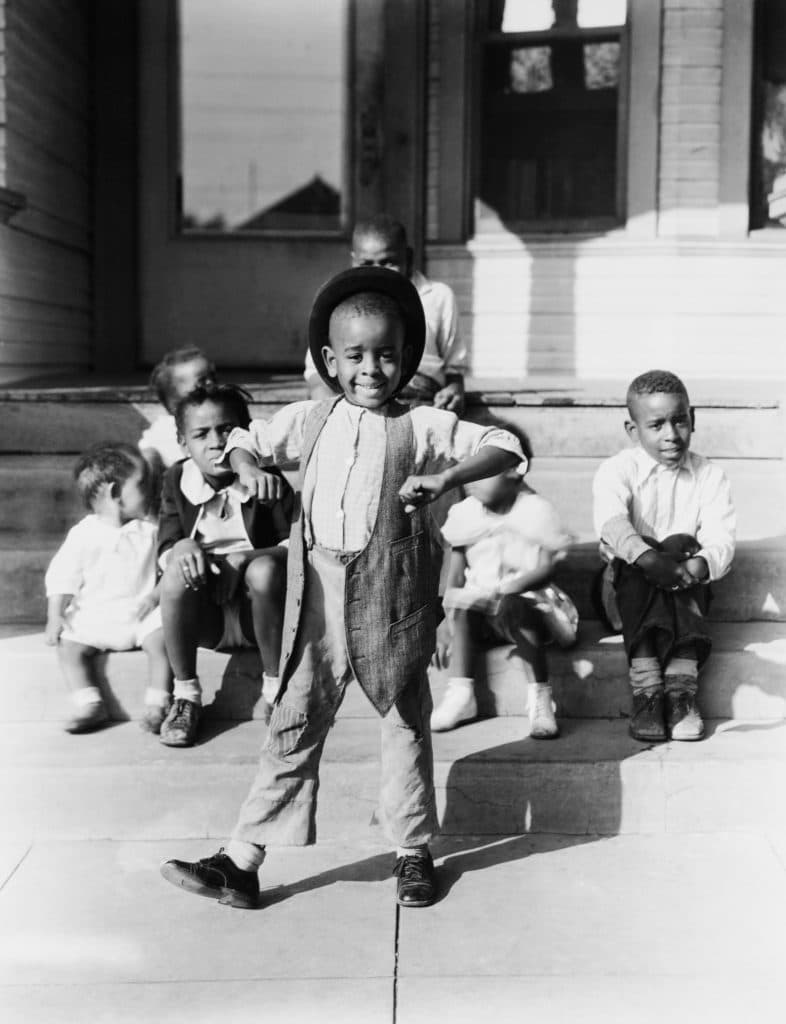
So positive had his experience as an actor been, that when his time as part of Our Gang was over, he naturally thought he would just keep on acting. And he did. For a while, showing up in films like Captain Blood (1935), Jezebel (1938), and The Return of Frank James (1940). But by high school … it was over. And Stymie (Matthew would ultimately make this his real name given it’s who he was known as) had to get used to the idea that his life had become pretty much like everyone else’s.
Going Down a Dark Path
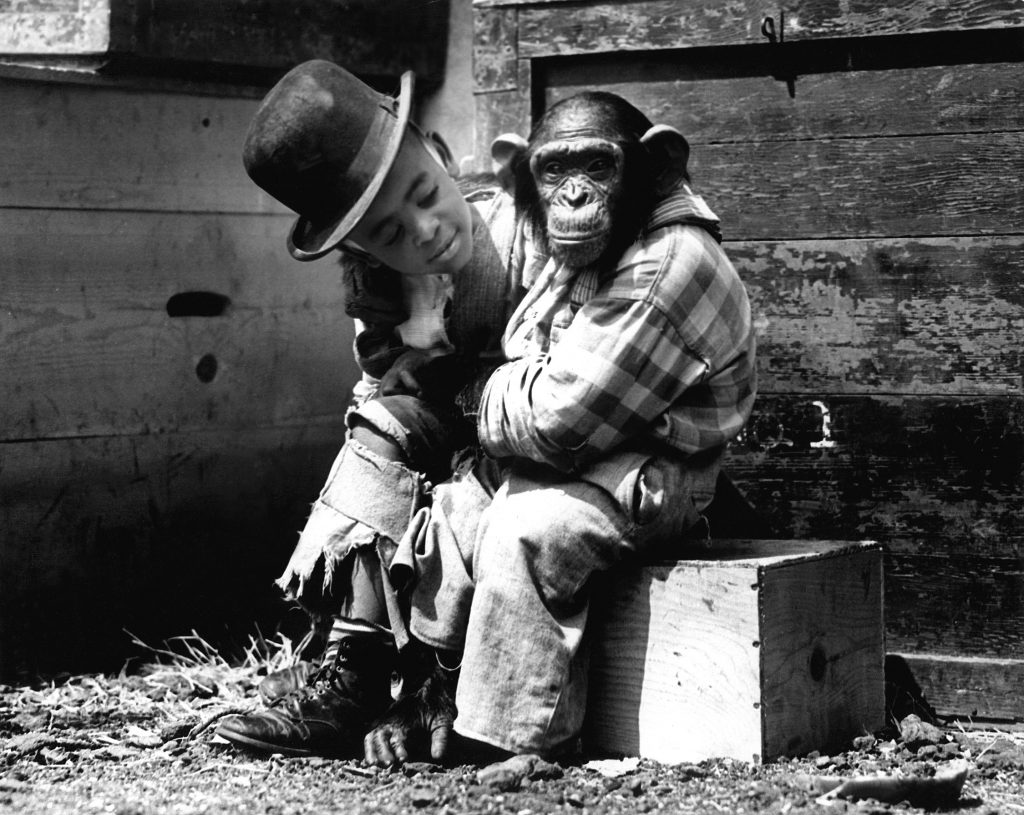
When he was 16, he began smoking pot and this gradually led him down a path of harder drugs, particularly heroin, which he had become completely addicted to. And to support his addiction, he would commit crimes and spent a good portion of his adult life going in and out of jail and becoming destitute in the process.
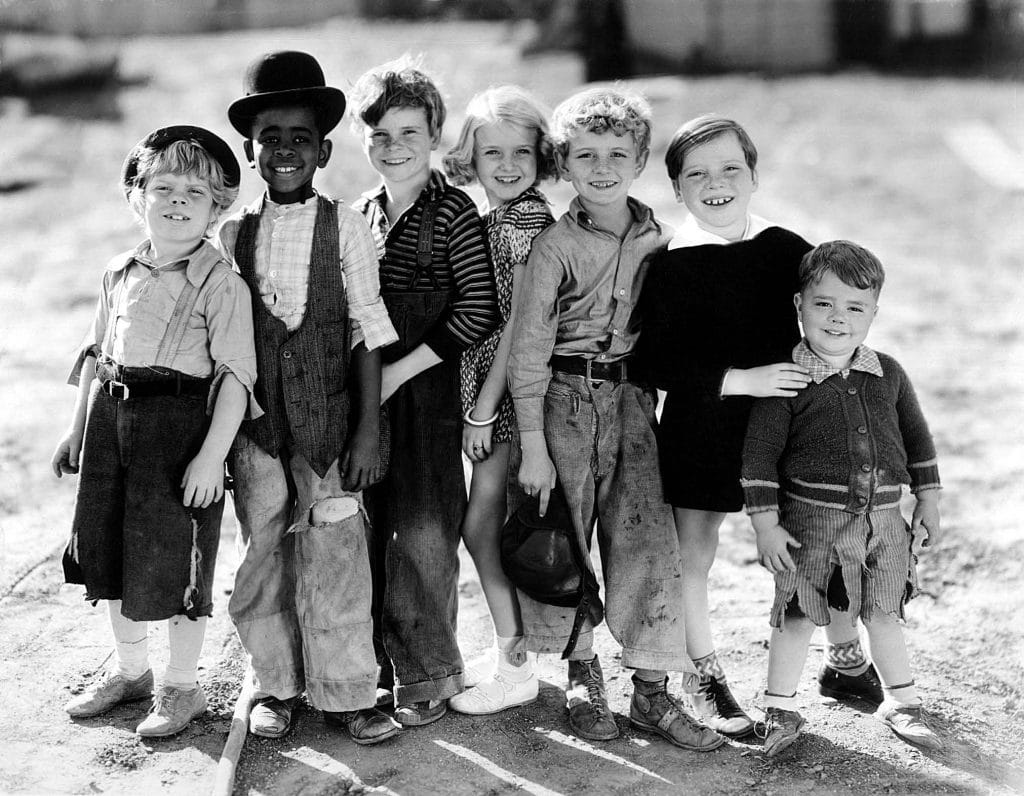
Like a number of his fellow Little Rascals, it seemed as though he was heading down a path that would inevitably lead to his premature death. But somehow Stymie found the strength in the mid-1960s to become a member of the California community Synanon, which Wikipedia describes as “an alternative community centered on group truth-telling sessions that came to be known as the ‘Synanon Game.'” In later years, the group’s reputation would take a hit, with some referring to it as one of the “most dangerous and violent cults America had ever seen.”
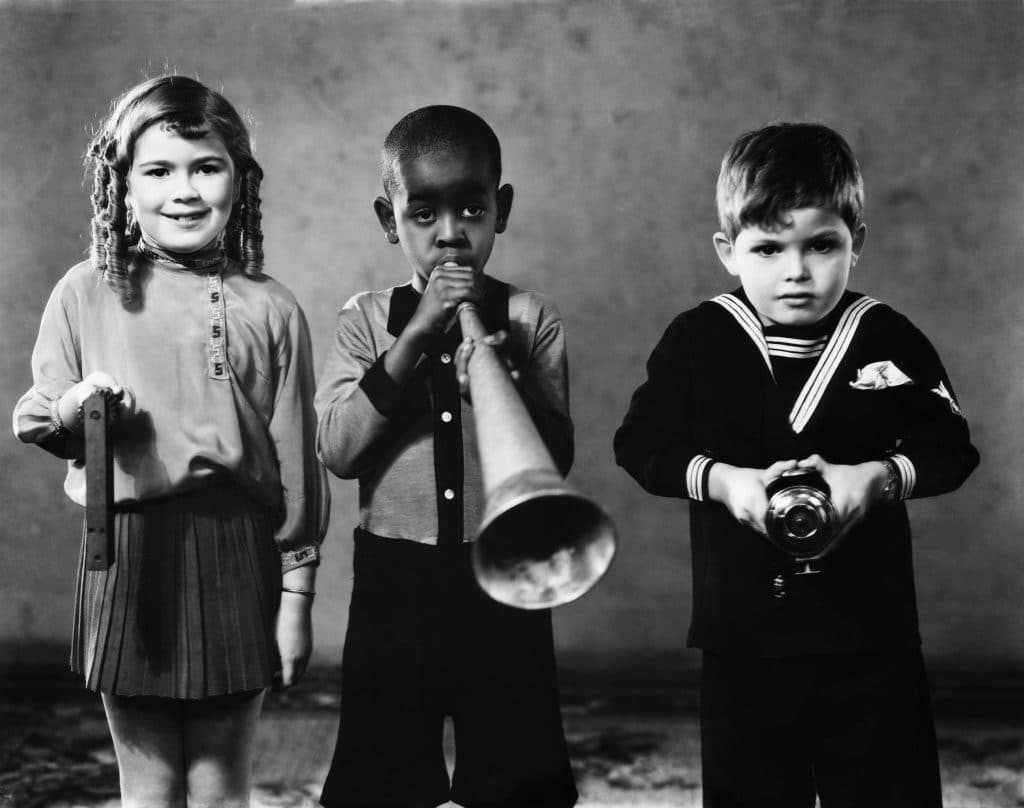
Whatever it became, for Stymie it was the answer he had been looking for. He spent seven years there, getting off of drugs in that time and successfully dipping back into the acting world in films like The Buddy Holly Story and Truck Turner, as well as TV guest appearances on Sanford and Son, The Jeffersons, Maude, and Good Times (where he recurred in the part of “Monty”). But much of his focus was on sharing his stories, not just from life as a kid actor, but the terrible road that followed. His hope and desire was that his experience would touch others enough to change the dangerous course they were on.
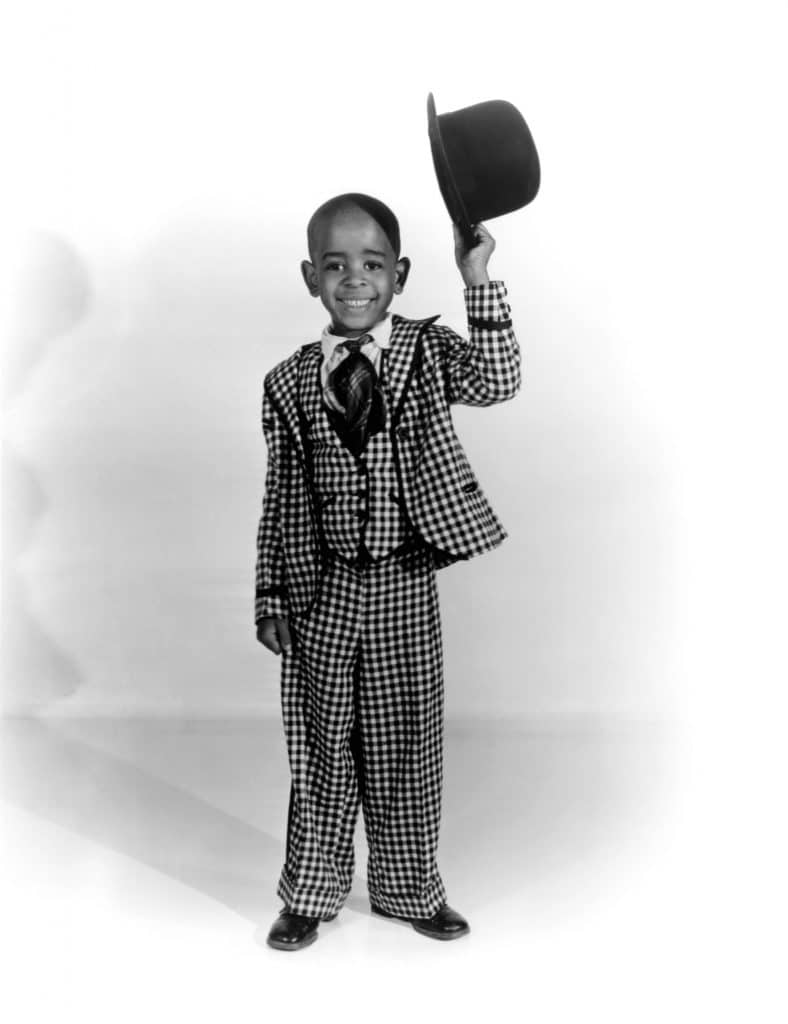
At the age of 56, on January 3, 1981, Stymie suffered a stroke, which resulted in his falling down a flight of steps, dying five days later of pneumonia. As sad as so much of his life had been, the inspiring thing is that Stymie Beard — that former kid in a derby — rose above the darkness and proved himself an inspiration to others.
